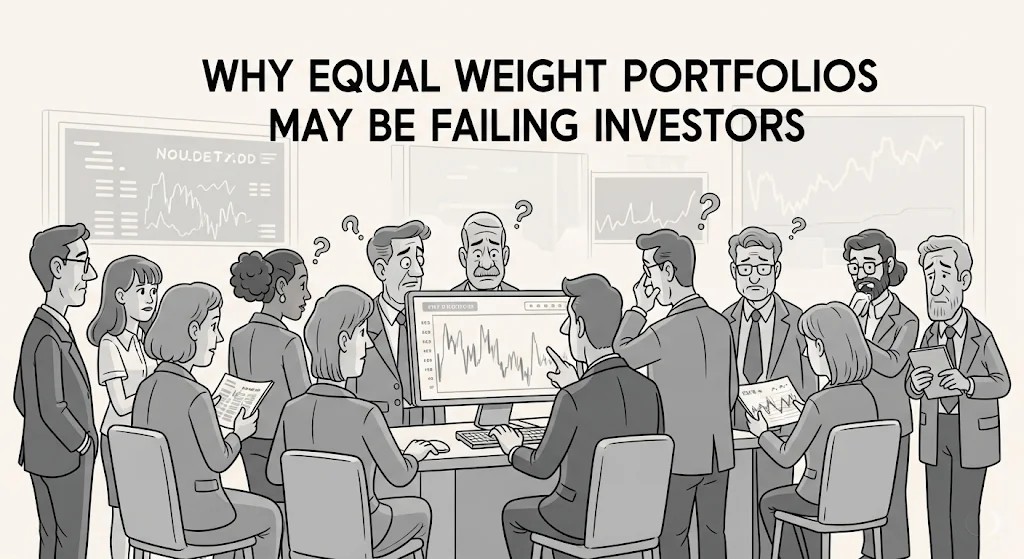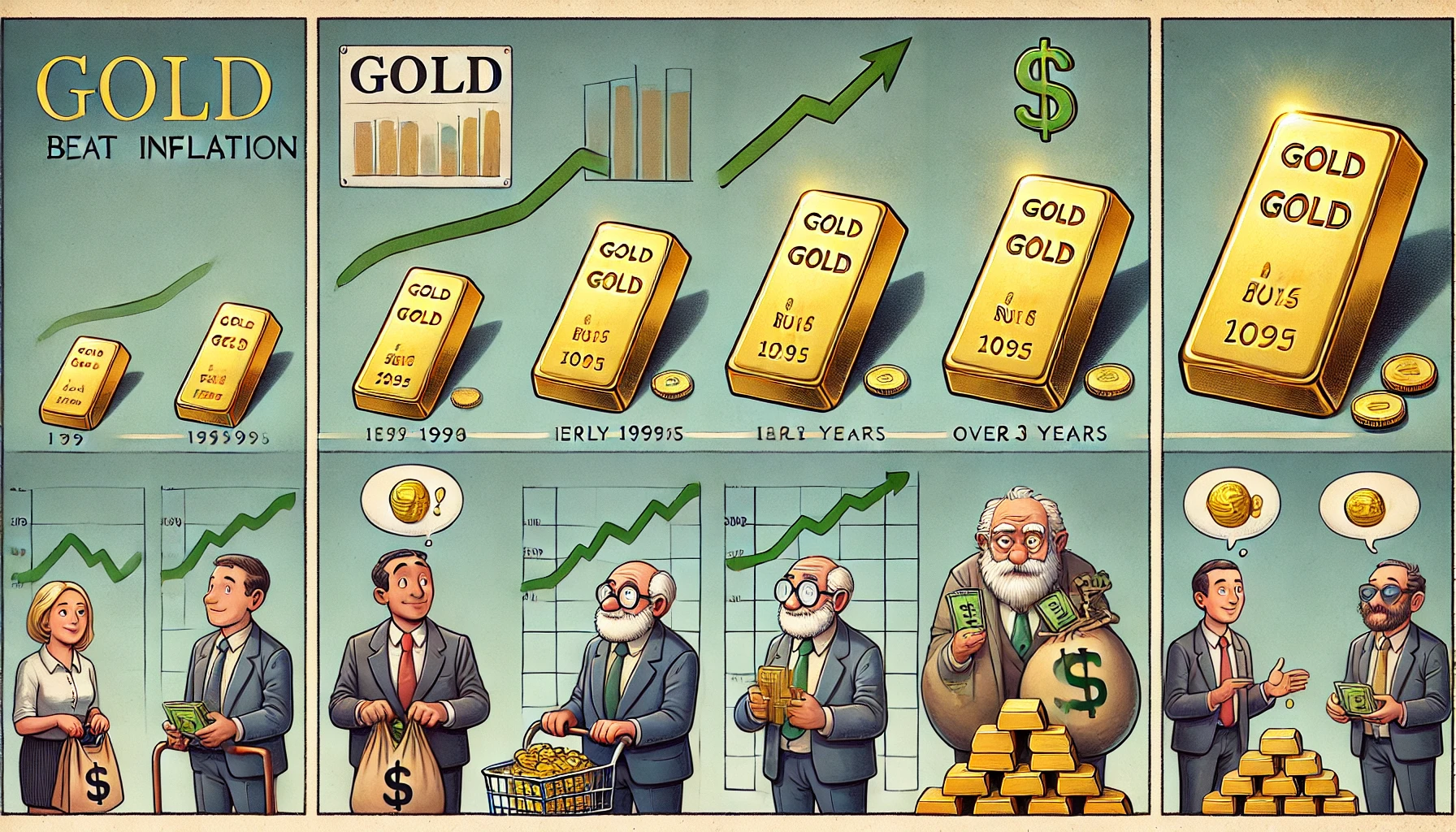The Index Illusion
Over the past three years, the S&P 500 index has experienced a 43% gain. However, when examining the top 1,000 U.S. stocks using an equal-weighted method, we see that there has been almost no change.

This contrast highlights a crucial point: most of the recent gains in the market have come from a small number of stocks. If investors are not holding these specific winners, their portfolios may underperform even as the index rises.
How Market Weighting Works
The S&P 500 is a market cap-weighted index, meaning that the largest companies have the most influence on its performance. If a few of these large-cap stocks do well, they can elevate the entire index. Conversely, an equal-weighted index treats all stocks equally, regardless of their size. In a market where only a handful of stocks are driving the rally, equal-weighted portfolios tend to lag behind.
The Risk of Being Spread Too Thin
Investors who diversify by purchasing 100 or 200 different stocks without a proper strategy may not see substantial gains. Investing small amounts in many stocks, particularly those that are underperforming, leads to a diluted portfolio that might not even match the index’s returns. Without a selective approach, even a large portfolio may fail to capture significant gains.
In a market driven by a few strong performers, being selective matters more than ever. What’s your take on equal weight vs. market cap strategies? Let us know in the comments — and if you found this blog insightful, do SHARE it with others!










